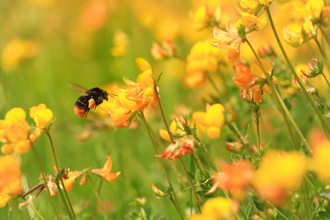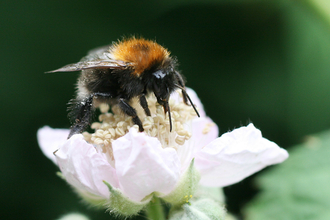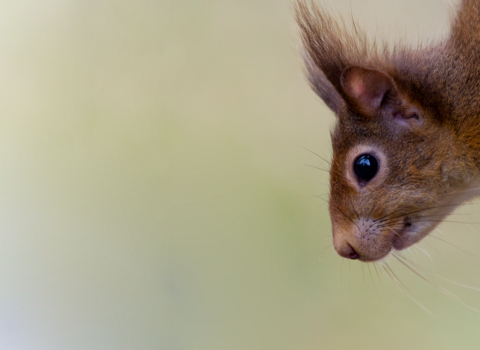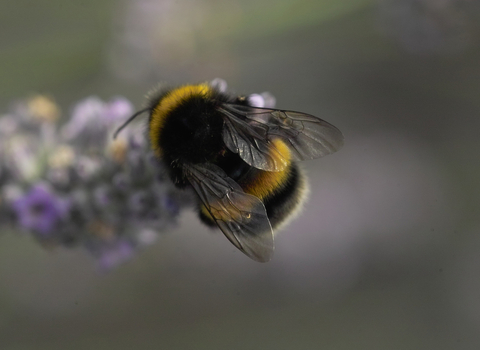
© Derek Moore
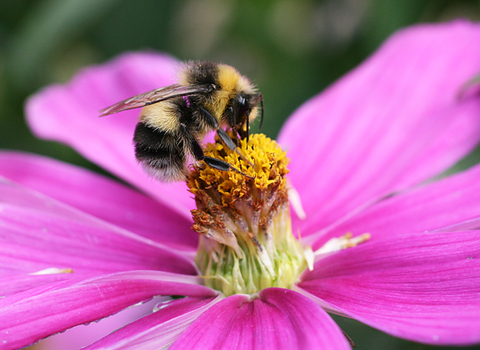
White-tailed Bumblebee ©Penny Frith
White-tailed bumblebee
Living up to its name, the white-tailed bumblebee is black-and-yellow bee with a bright white 'tail'. A social bumble bee, it can be found nesting in gardens and woods, and on farmland and heaths.
Scientific name
Bombus lucorumWhen to see
March to NovemberSpecies information
Category
Statistics
Length: up to 2cmConservation status
Common.

